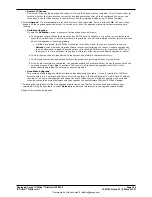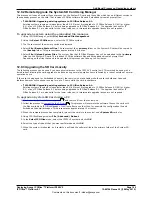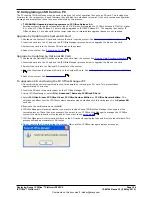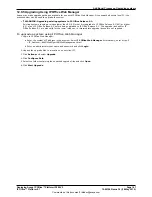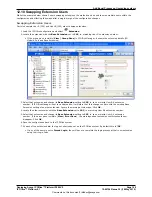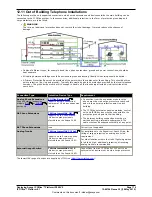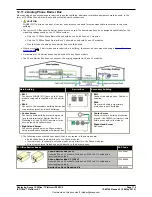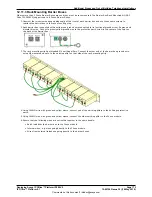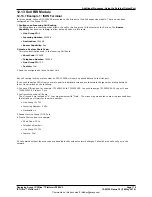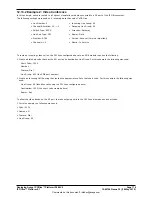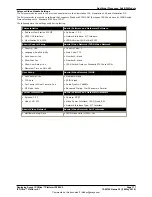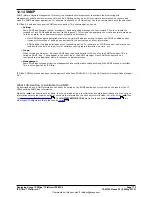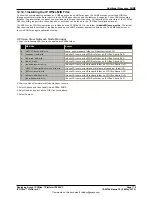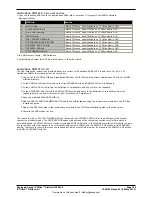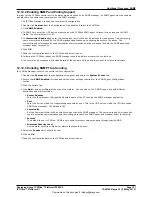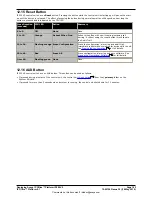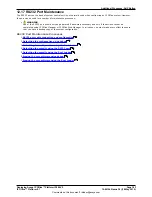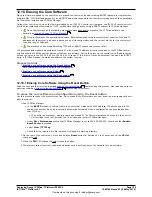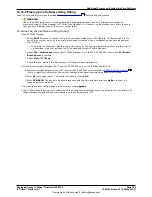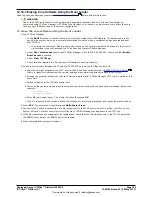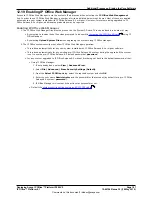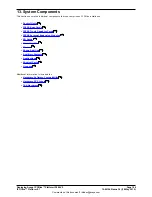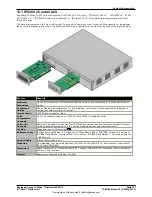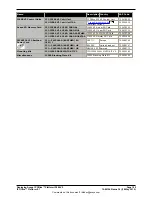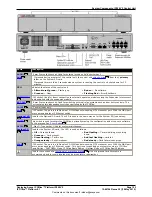
Deploying Avaya IP Office™ Platform IP500 V2
Page 178
15-601042 Issue 30j (18 May 2015)
IP Office™ Platform 9.1
Comments on this document? [email protected]
12.14 SNMP
SNMP (Simple Network Management Protocol) is a standard network protocol that allows the monitoring and
management of data devices across a network. An SNMP agent can be built into network devices such as routers and
hubs. An SNMP manager application, for example CastleRock or HP OpenView, can then communicate with those devices.
IP Office 2.0 and above supports SNMP communication. This communication can be:
·
Polling:
Some SNMP applications (called "managers") send out polling messages to the network. They then record the
responds of any SNMP enabled devices (called "agents"). This allows the application to create a network map and
to raise an alarm when devices previously present do not respond.
·
Most SNMP manager applications can also do simple IP address polling to locate non-SNMP enabled devices.
However this method of polling does not identify the device type or other information.
·
SNMP polling including details about the responding device. For example an IP Office control unit's response
includes the control unit type, level of software, routing table information, up time, etc.
·
Traps:
When certain events occur, a devices SNMP agent can send details of the event to the SNMP manager. This is
called an SNMP 'trap'. These appear in the event log of the SNMP manager. Most SNMP managers can be
configured to give additional alerts in response to particular traps.
·
Management:
Some SNMP agents support device management and configuration changes through the SNMP manager interface.
This is not supported by IP Office.
IP Office SNMP operation has been tested against Castle Rock SNMPc-EE 5.1.6c and HP OpenView Network Node Manager
6.41.
What Information is Available Via SNMP
As described above, SNMP information can either be polled by the SNMP application or received as the result of the IP
Office sending SNMP trap information.
While the .mib files should not be edited, they can be read using a text editor and contain descriptions of all the various
information objects that can be polled or sent and the information tha each object will include. For a list of the .mib files,
see
Installing the IP Office MIB Files
. The NOTIFICATION-TYPE objects are those used for
SNMP traps
, the
other types of objects are those that can be
polled
.
179
181
181

